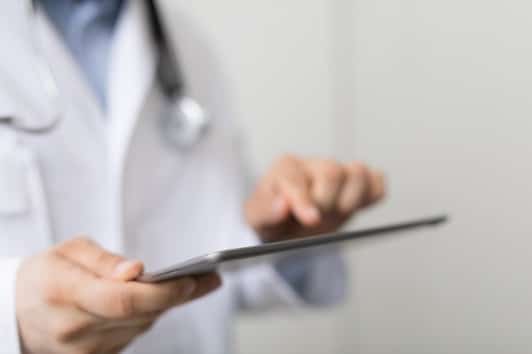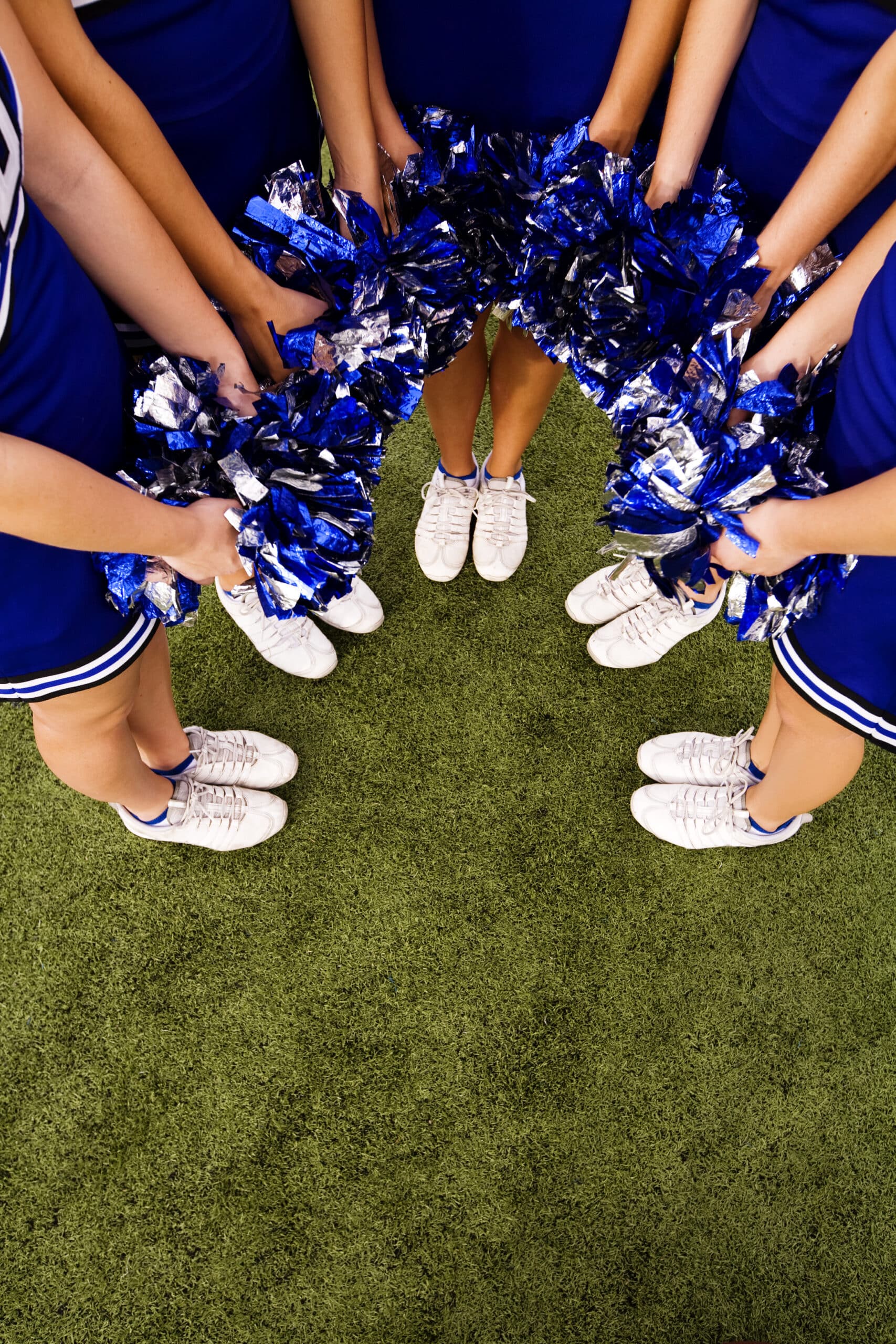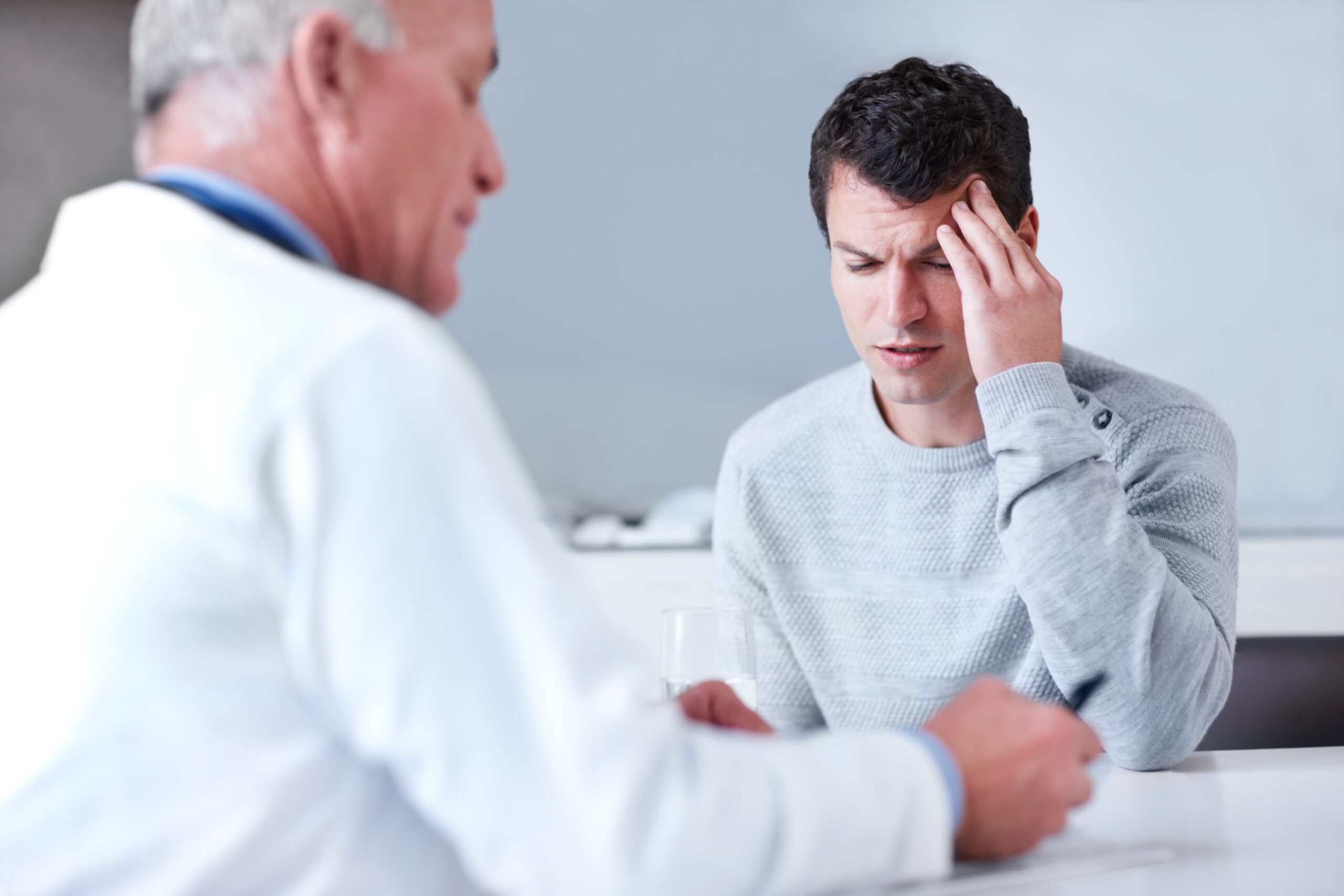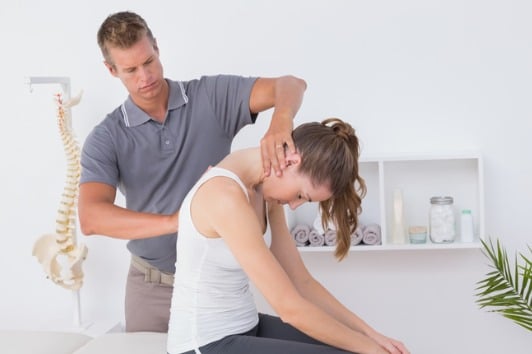Concussion
UNDERSTANDING THE SYMPTOMS, CAUSES AND TREATMENTS
Understanding Concussions
One good way to conceptualize a concussion is to think of your brain like an egg. When it is resting, the yolk is in the center of the egg, undisturbed. When the egg is shaken, the yolk splatters along the inside of the egg. If the brain absorbs a severe enough impact, its activities will be similarly disturbed. Because of this disruption, the brain cannot focus on giving the rest of your body the right signals, and it displays symptoms of a concussion. A concussion can happen from a direct blow to the head or from a sudden start or stop that causes the brain to crash into the skull.


Symptoms
Common symptoms of a concussion include:
- Headache, neck pain
- Blurred vision, light sensitivity, double vision
- Difficulty concentrating, loss of memory
- Depression, anxiety, irritability, lack of sleep
- Difficulty maintaining balance, nausea, vomiting
When to Seek Treatment
If you’re noticing symptoms associated with a Concussion and suspect an issue, it’s crucial to consider consulting a board-certified neurologist in order to obtain an accurate diagnosis and timely treatment. Early intervention can significantly improve your overall well-being and provide a broader range of treatment options, which may decrease as symptoms persist. The key to a successful and speedy recovery lies in addressing the root of the pain with your specialist as soon as symptoms arise.
While many people experience day-to-day pain, dismissing it as soreness, this may not be the case for everyone. If your pain persists for more than 10 days, it should be taken more seriously. Evaluate such prolonged pain with a specialist to identify the root issue and determine the appropriate treatment. Additionally, be attentive to other signs related to pain that should not be ignored, including pain accompanied by fever, pain associated with loss of bladder control, and weakness/tingling/numbness in your arms or legs.
It’s important to note that these are general guidelines based on our expertise over the past three decades, recognizing that each patient’s symptoms may be unique.


Common Causes
A concussion can result from a direct blow to the head. However, thinking again of the yolk inside the egg, if the brain is shaken inside the skull such as when a car suddenly comes to a stop, a concussion can occur. A concussion can also happen from a blast injury, which is often seen in patients in the military with nearby explosions.
Rugby, ice hockey, and football tend to have the highest risk of concussions among teenagers and adults. Soccer, lacrosse, and wrestling are other sports with significant concussion risk.
Diagnosing Concussions
The neurological evaluation for a concussion consists of the following components:
- Obtaining the Medical History Related to the Incident: Whether it was a sporting injury, auto accident, or traumatic life event, it is important to understand the specific medical history as it relates to this event. Our neurologist will ask questions such as: What kind of impact was there on the brain? Did you lose consciousness? Did you go to the emergency room? What symptoms have you had since the accident/incident?
- Thorough Physical Examination: A detailed exam is performed so that we can properly observe the way the brain is thinking and functioning. This exam will help him to explore your thinking and evaluate whether the brain is still signaling the rest of your body properly.
- The ImPACT Test: An FDA cleared tool which creates a baseline and post-injury testing. This test measures visual and verbal memory, reaction time, and processing speed and assists us to better understand which aspect has been impacted by your concussion.


Treatment Options
Patients experience concussions in different ways. It is important to identify which of the systems listed above are affected. Physical therapy can be helpful in treating neck pain, balance, and vision difficulties. Medications can help with headaches. Therapy and medications can both help with mood and cognition. Here at the Virginia Spine Institute, you will undergo a thorough evaluation with our neurologist to determine which of the treatment options is best for you.
Together with your neurologist, you will create a treatment plan to address your identified symptoms. For example, migraine, neck pain, anxiety, and concentration and memory difficulties can be treated with medications and memory retraining software. Your neurologist may prescribe medications to kick-start any of these parts of the brain that may have been injured in the concussion.
Then, your neurologist will refer you to the ImPACT Trained Physical Therapist (ITPT) credentialed professionals right here at VSI Physical Therapy. This team of subject experts have devised concussion-focused rehabilitation protocols to provide a comprehensive approach to concussion care. In physical therapy, a custom treatment plan will focus on rehabilitating your vision, headaches, neck pain, and balance system. You can expect to have an evaluation with our concussion-specialized physical therapists followed by a treatment plan targeting the symptoms that are most problematic to you.
Based on the symptoms and their severity, you can expect to see the neurologist and physical therapist frequently in the first few weeks. We would like to keep a close eye on you to make sure the brain is healing properly. If not, we can see what additional tests or treatments may be needed to improve your rate of recovery.

